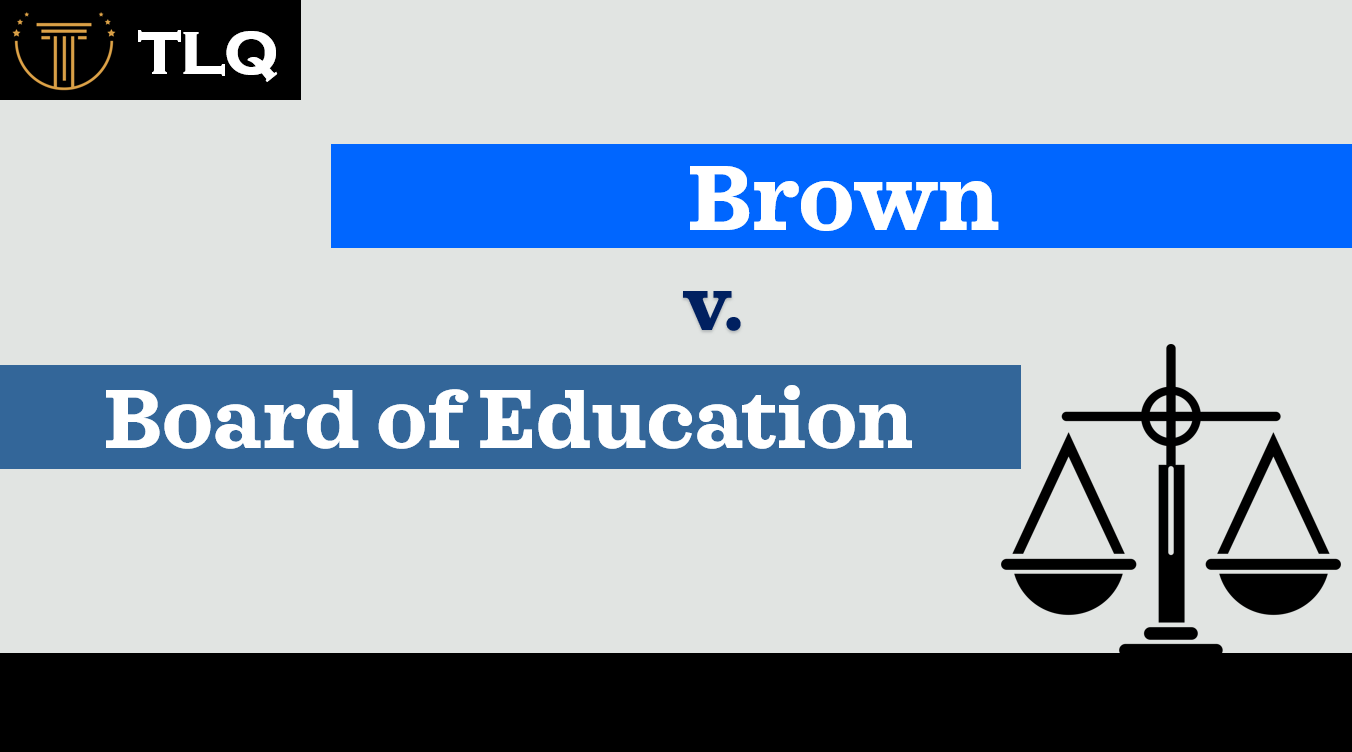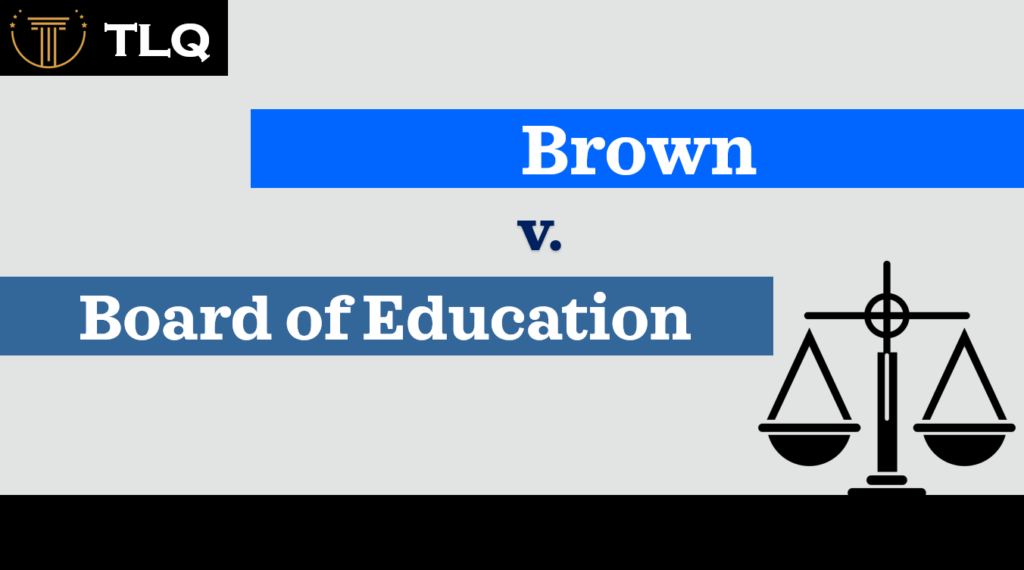Published On: 18th May, 2024

Citation no. Brown v. Board of Education of Topeka, 347 U.S. 483 (1954)
Introduction
In the famous case of Brown v. Board of Education of Topeka, 347 U.S. 483 (1954), the US Supreme Court ruled that state statutes creating separate public schools for black and white children were unconstitutional. Since the ruling effectively weakened the “separate but equal” doctrine established in the 1896 case Plessy v. Ferguson, it is widely considered one of the most significant judicial turning points in the history of the nation.
Background
The case started as a result of numerous lawsuits that African American families brought against the racial segregation of public schools on behalf of their children in different states. Oliver Brown, a parent in Topeka, Kansas, filed one such action after learning that his daughter Linda Brown would not be allowed to enroll in a nearby white elementary school. Oliver Brown served as the primary plaintiff in this case, hence his name.
Legal Framework
A key issue in the case concerned how to interpret the Equal Protection Clause of the US Constitution’s Fourteenth Amendment, which declares that no state may refuse any individual living under its borders the equal protection of the laws. The plaintiffs claimed that this fundamental protection was broken by racial segregation in public schools.
Argument and Decision
In order to thoroughly understand the problems at hand, the Supreme Court heard arguments for the case in December 1952 and again in December 1953. On May 17, 1954, Chief Justice Earl Warren delivered the Court’s decision, holding that state statutes that established segregated public schools for kids of colour and white students were unconstitutional. The Court ruled that segregation was bad for black children because it made them feel inferior, which could have a negative influence on their chances and performance in school.
Overturning “Separate but Equal”
Within its ruling, the Court specifically reversed the precedent established by the Plessy v. Ferguson case from 1896, which had maintained the validity of state statutes mandating racial segregation in public spaces on the grounds of “separate but equal.” Regardless of the resources or standard of care given to each race, the Court determined that separate educational facilities were fundamentally unfair.
Implementation
Desegregating public schools started after the Court’s ruling, but there was strong opposition to it across most of the nation. Prolonged legal battles and, in some cases, violent confrontations resulted from resistance to integration initiatives by some states and towns. However, the Brown ruling gave later civil rights movements and legislative initiatives to end segregation and advance equality a legal foundation.
Legacy
Many people consider Brown v. Board of Education to be a turning point in the civil rights movement and a crucial ruling in the fight for racial equality in the US. The ruling established a precedent allowing the Court to address social justice and equity issues in addition to purely legal or procedural ones. Additionally, it sparked a larger campaign to combat racial discrimination in jobs, housing, and voting rights, among other facets of American society.
Conclusion
In conclusion, the landmark decision in American legal history known as Brown v. Board of Education signaled the beginning of the end for officially sanctioned racial segregation in public schools and set the stage for more significant civil rights gains in the decades that followed. The case demonstrated how the judiciary must protect the equality and justice guaranteed by the Constitution even in the face of ingrained societal norms and political opposition.



